Lee
and Karen Duquette
walked around White Point Garden Park
East Battery and Murray Boulevard
Charleston, SC 29401
February 7, 2024 |
Below: While driving their toad to the
White Point Garden, the two RV Gypsies drove by The United States Custom
House, an historical landmark in Charleston SC and Karen Duquette quickly
snapped a photograph. |
 |
Below: Welcome to White Point Garden
sign |
USS Amberjack (SS-219) was a Gato-class
submarine, the first United States Navy ship named for the amberjack. |
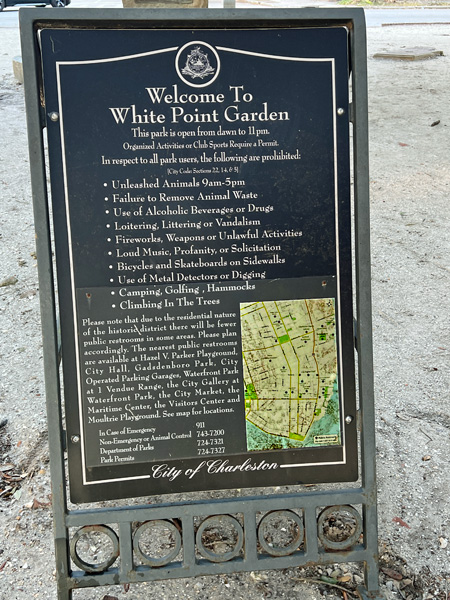 |
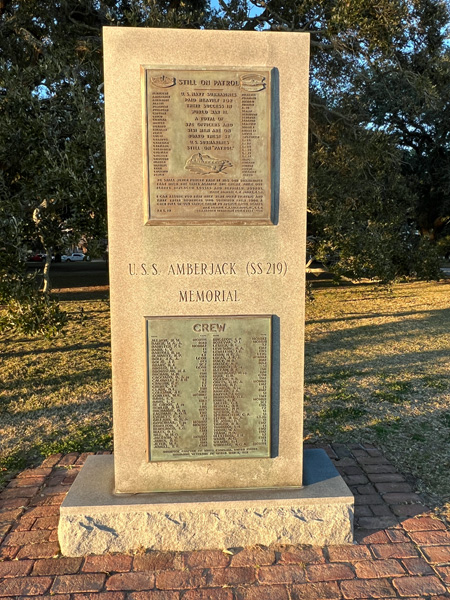 |
White Point Garden is a 5.7
acre public park located in peninsular Charleston, South Carolina, at
the tip of the peninsula. It is the southern terminus for the Battery,
a defensive seawall and promenade. It is bounded by East Battery (to
the east), Murray Blvd. (to the south), King St. (to the west), and
South Battery (to the north). The southern tip of Charleston's peninsula
was originally known as the South Bay and later Oyster Point. In the
early 19th century it was renamed White Point. A lot of historical monuments
can be seen here. |
 |
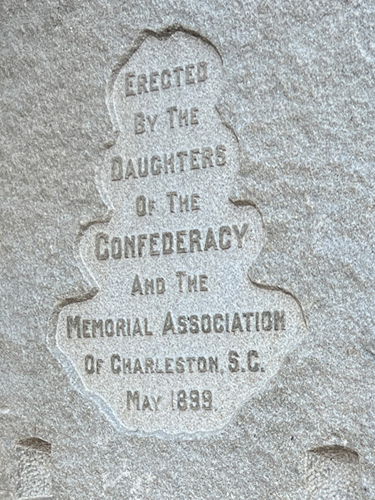 |
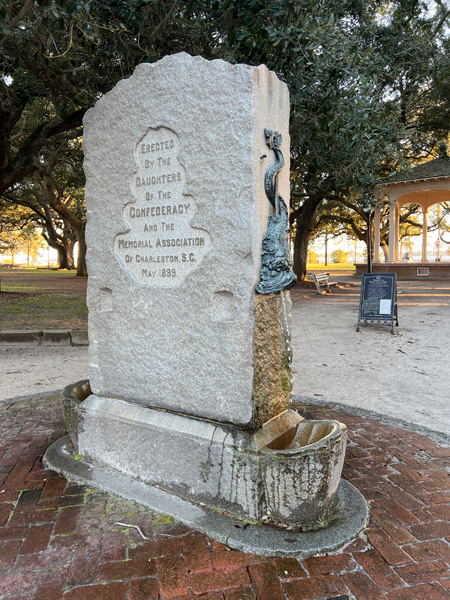 |
 |
Placed at irregular intervals
around three sides of the perimeter of White Point Garden are several
military relics. Along East Battery are the 11-inch Dahlgren gun from
the USS Keokuk that fired shells at Fort Sumter in 1863 and two Confederate
columbiads (large cannons) that were used in the defense of Fort Sumter.
On Murray Blvd. there are several more artillery pieces: a rare 7-inch
Brooke rifle (a large cannon) that was found at Fort Johnson and four
13-inch Union mortars (weighing 17,000 pounds each). On the King St.
side are a 1918 World War I howitzer; a French cannon of Revolutionary
War vintage that was found in Camden, South Carolina; and a rapid-fire
gun from a Spanish ship captured during the Spanish–American War. |

|

|

|
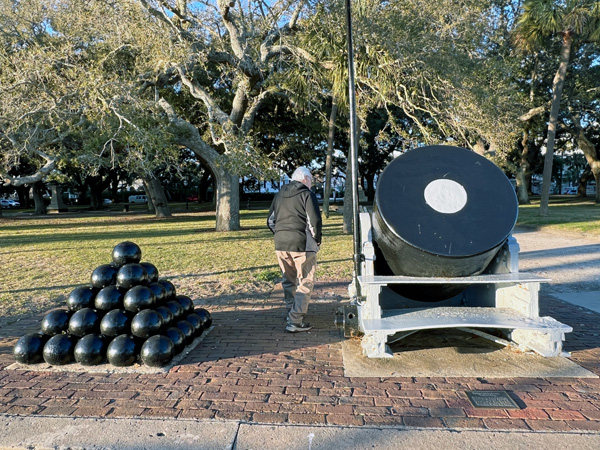
|

|

|
Below: A Gazebo in White
Point Garden Park |
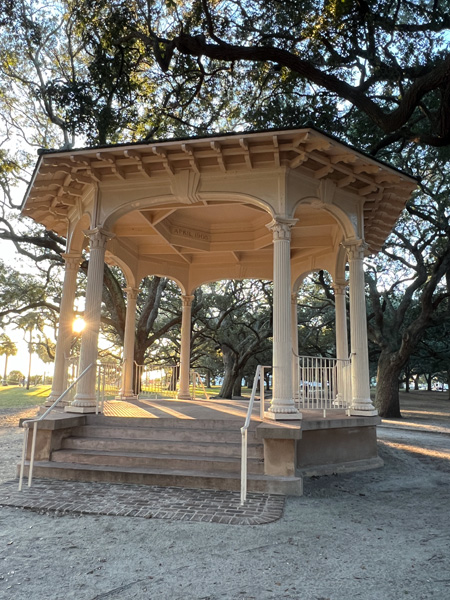 |
Below: The William Moultrie statue is
a monumental statue in Charleston, South Carolina. Located in White
Point Garden, the statue was unveiled in 2007 and honors William Moultrie,
a general in the American Revolutionary War. |
Below: A very happy Karen Duquette
in Charleston, SC |
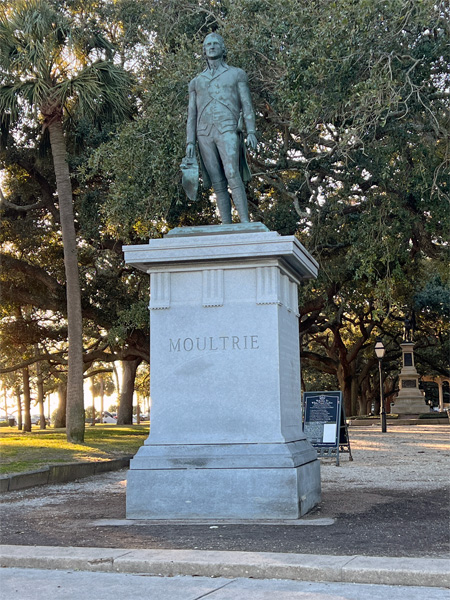
|
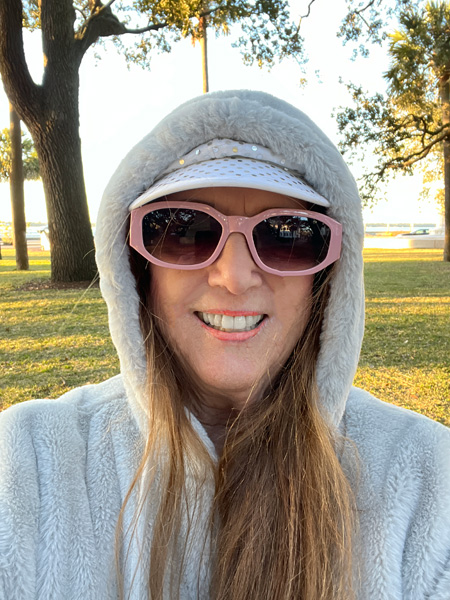
|
Below: At the southeastern
corner of White Point Garden is a large allegorical statue installed
in 1932 by the United Daughters of the Confederacy. The monument titled,
Confederate Defenders of Charleston, commemorates the soldiers
who fought for their city and the southern States during the Civil War.
The bronze statue is 12 feet tall and rests on a granite base 13 feet
tall. |

|

|

|
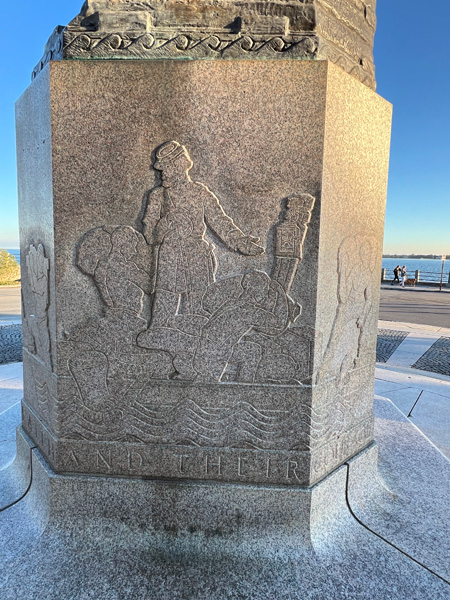
|
 |
|
Below: The Defenders of Fort Moultrie, also commonly known as the
Jasper Monument, which depicts Sergeant William Jasper. It was dedicated
in 1877 to all South Carolina militiamen involved in the Battle of
Sullivan's Island during the American Revolutionary War. The monument
consists of a bronze sculpture of Jasper upon a granite pedestal.
The sculpture depicts the Continental soldier with his right arm outstretched,
pointing towards Fort Moultrie, with the Moultrie flag in his left
hand. Bronze plates are attached to the pedestal and show the Seal
of South Carolina, the seal of Charleston, and a battle scene showing
Jasper's rescue of the flag.
|

|
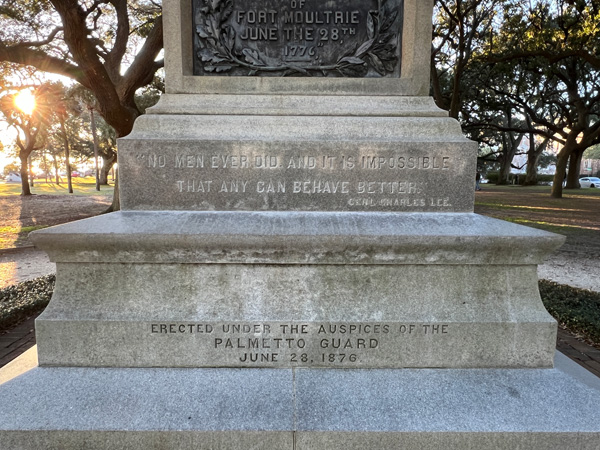
|
Additional inscriptions
are found on the granite base, and the plate in the front says:
Below: TO THE DEFENDERS OF FORT MOULTRIE JUNE THE 28TH, 1776
The base is 15 feet high and the statue is 6.5 feet high |
 |
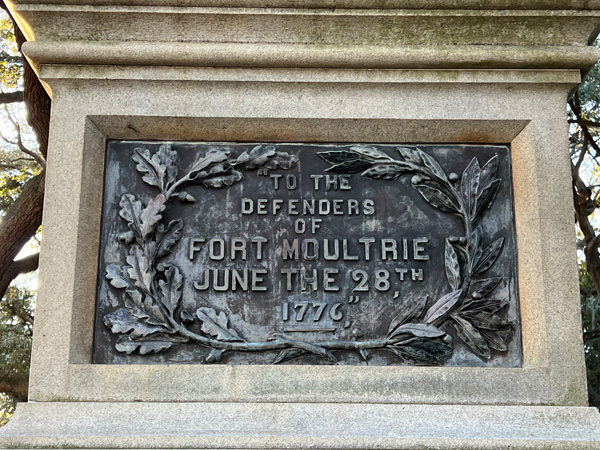 |

|

|
 |
Below: Along the center walkway in the
park, halfway between Church and Meeting, is a bronze bust, atop a granite
column, of William Gilmore Simms (1806-1870), a poet, novelist, and
historian, whose history of South Carolina served as the definitive
textbook on state history for much of the 20th century. Sculpted by
John Quincy Adams Ward, the monument was added in 1879. The base for
the bust was designed by Edward Brickell White. |
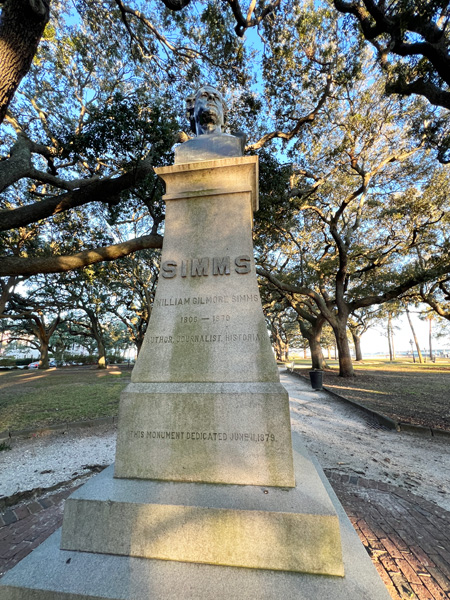 |
 |
Below: A Monument in honor of The USS Hobson
(DD-464/DMS-26), a Gleaves-class destroyer, was the only ship of the
United States Navy to be named for Richmond Pearson Hobson, who was
awarded the Medal of Honor for actions during the Spanish–American
War. He would later in his career attain the rank of rear admiral and
go on to serve as a congressman from the state of Alabama.
Hobson, constructed at a cost of $5 million, was launched at the Charleston
Navy Yard on 8 September 1941; sponsored by Mrs. Grizelda Hobson, widow
of Rear Admiral Hobson. As the new destroyer slid down the ways, she
was cheered on by spectators and whistle blasts from other vessels on
the Cooper River.[1] Hobson was commissioned on 22 January 1942.[2]
In 1952, Hobson collided with the aircraft carrier USS Wasp (CV-18)
and sank with the loss of 176 crew. The ships had been undertaking amphibious
exercises in the Atlantic, with Wasp practicing night flying, when Hobson
attempted to turn in front of the carrier and collided with Wasp. Hobson
was broken in two and quickly sunk, causing the greatest loss of life
on a US Navy ship since World War II. |
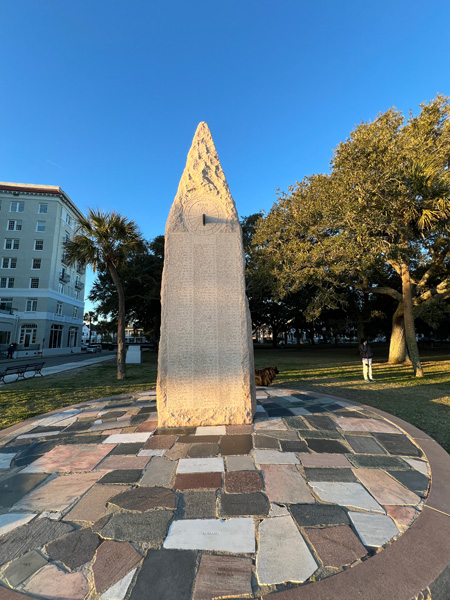
|
 |
Below: The engraved statement
behind the above monument. |
|
|
Below: A very big and real
dog in the park. |
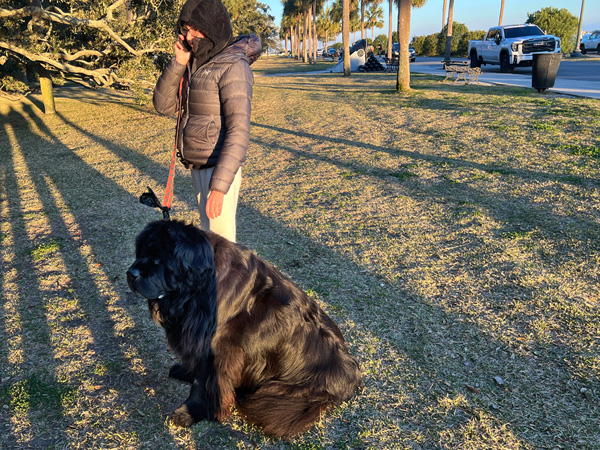 |
 |
Below: Karen Duquette photographed several
different trees because she loves the different shapes of the branches
and the way the light was hi-lighting the trees. |

|
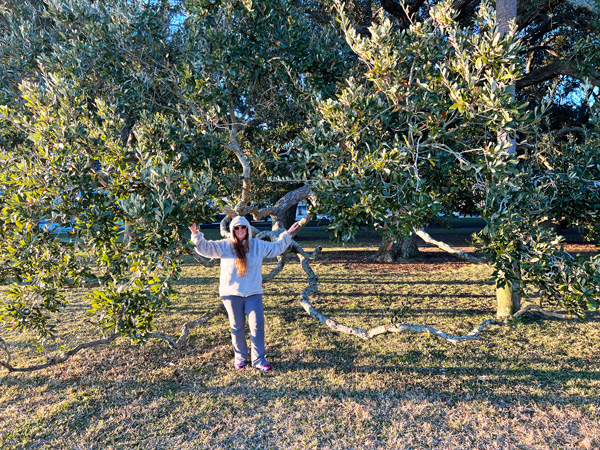
|

|
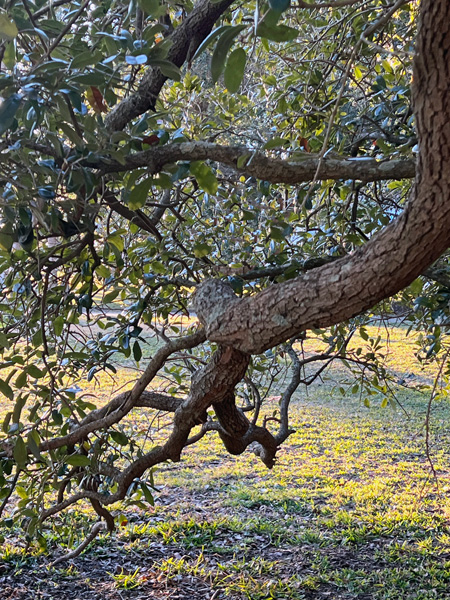
|
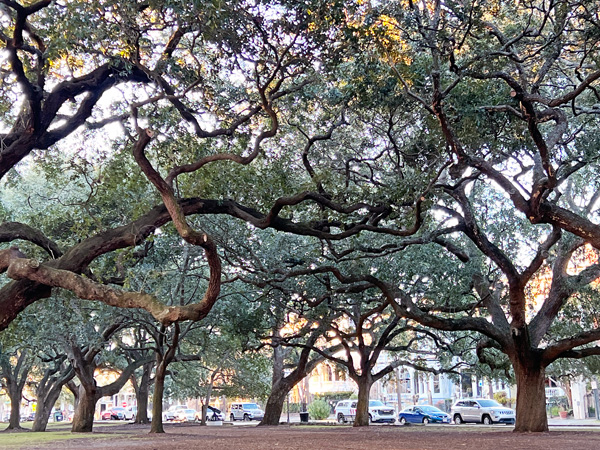
|

|

|
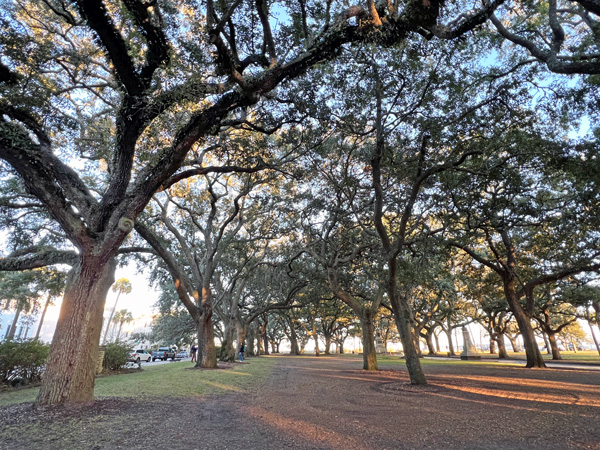
|
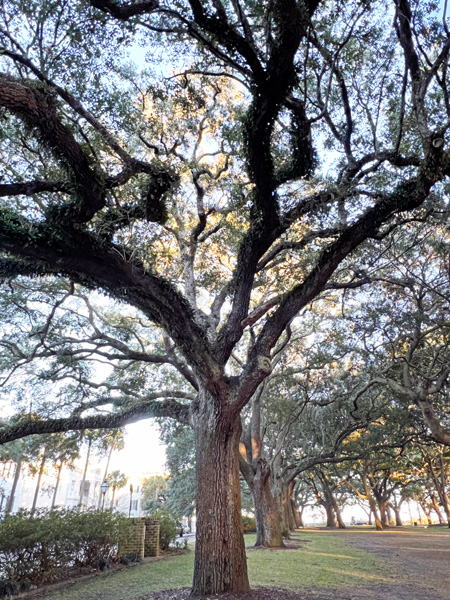
|

|

|

|
Bellow: A beautiful tree
in lights |
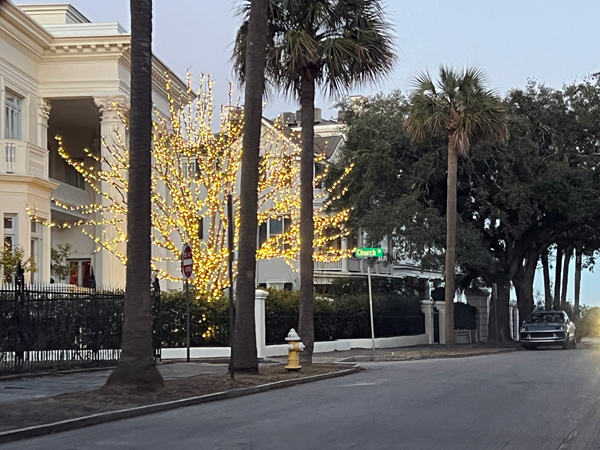 |
 |
Below: The two RV Gypsies
walked across the street and enjoyed a beautiful sunset. |
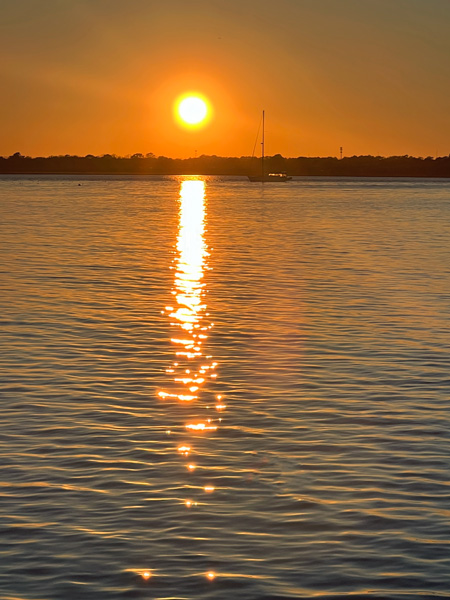
|
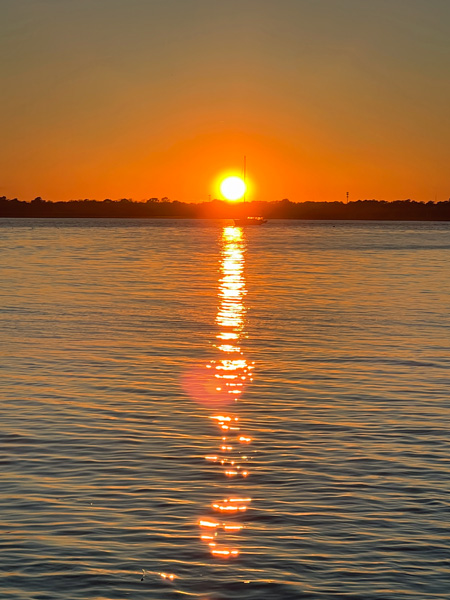
|
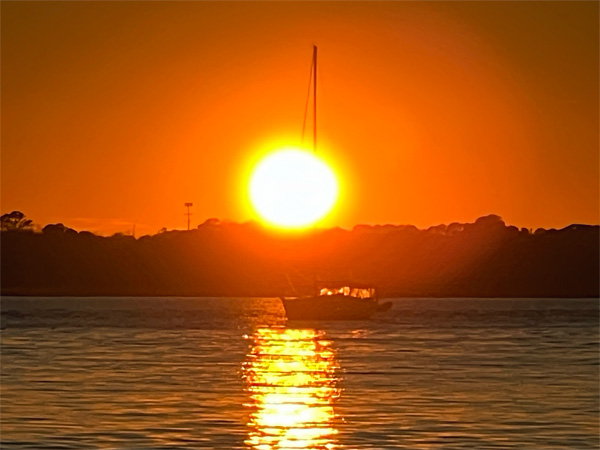 |
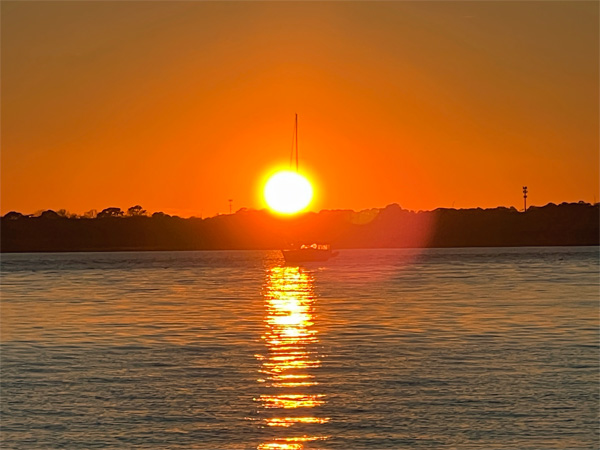 |
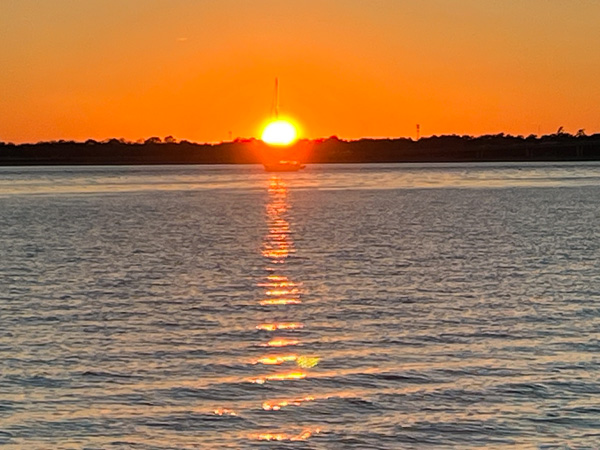 |
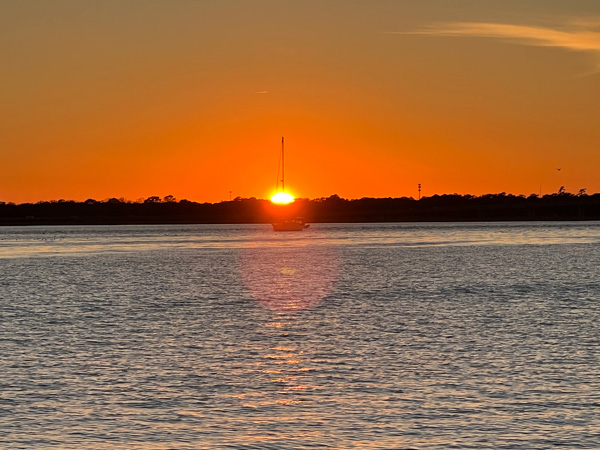 |
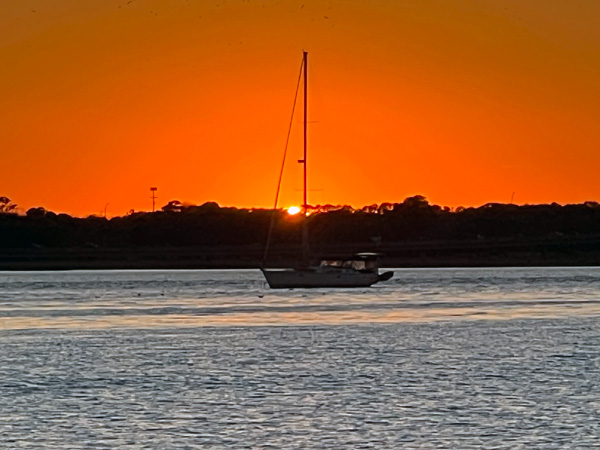 |
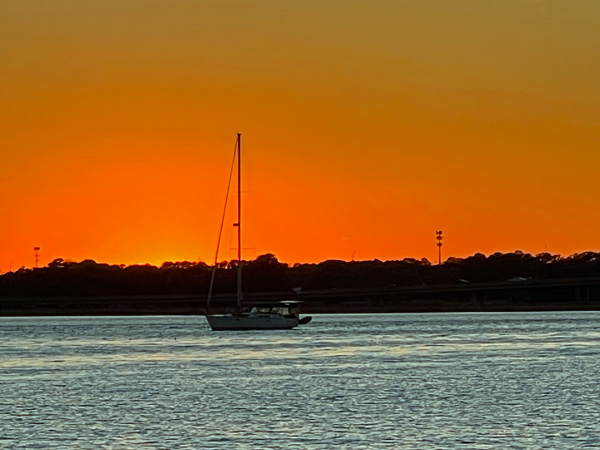 |
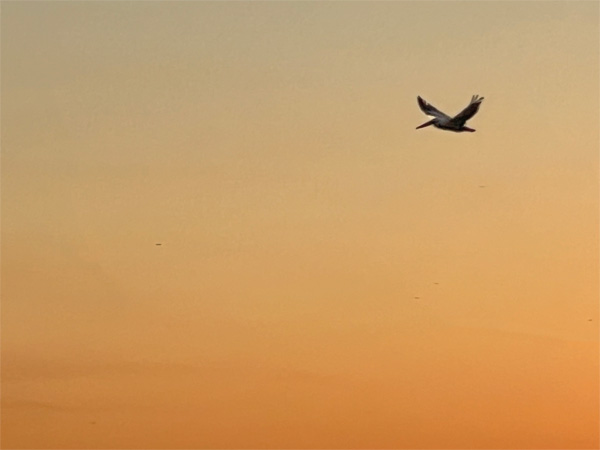 |
 |
Bye Bye Charleston - it is time for the
two RV Gypsies to head back to the hotel so they can go on the cruise
tomorrow. But first, one last photo of a big house with a nice "sun
porch" on top, glistering in the sunshine. |
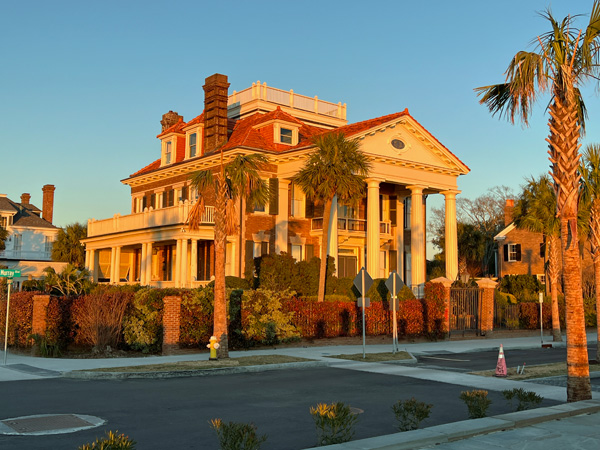 |












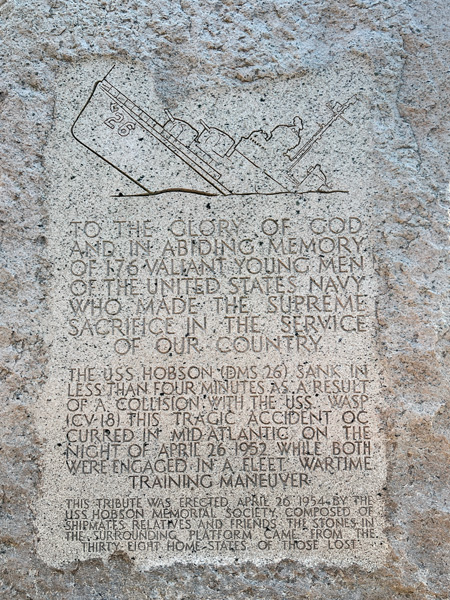












































 Continue on in order of travel in 2024 to
Continue on in order of travel in 2024 to 























